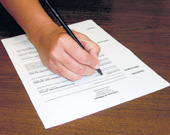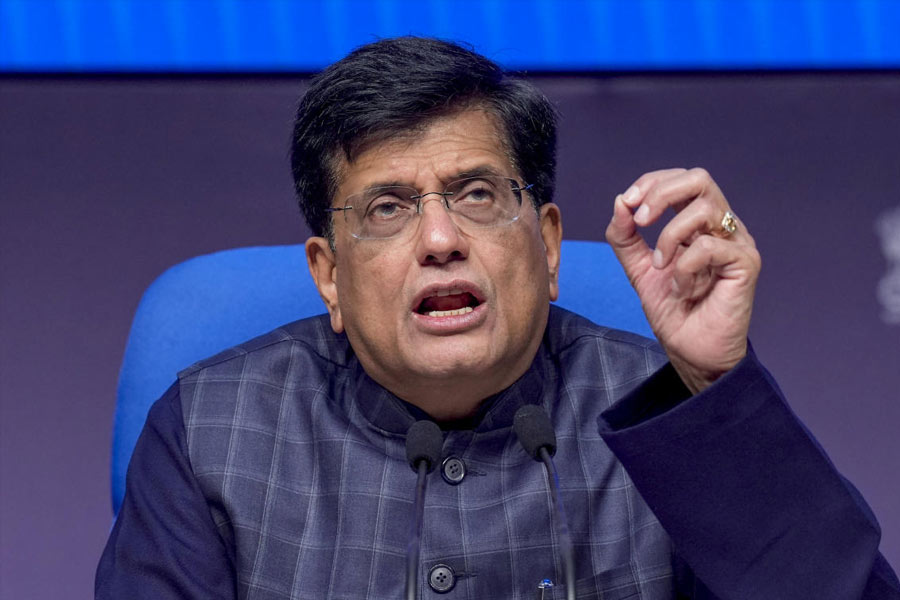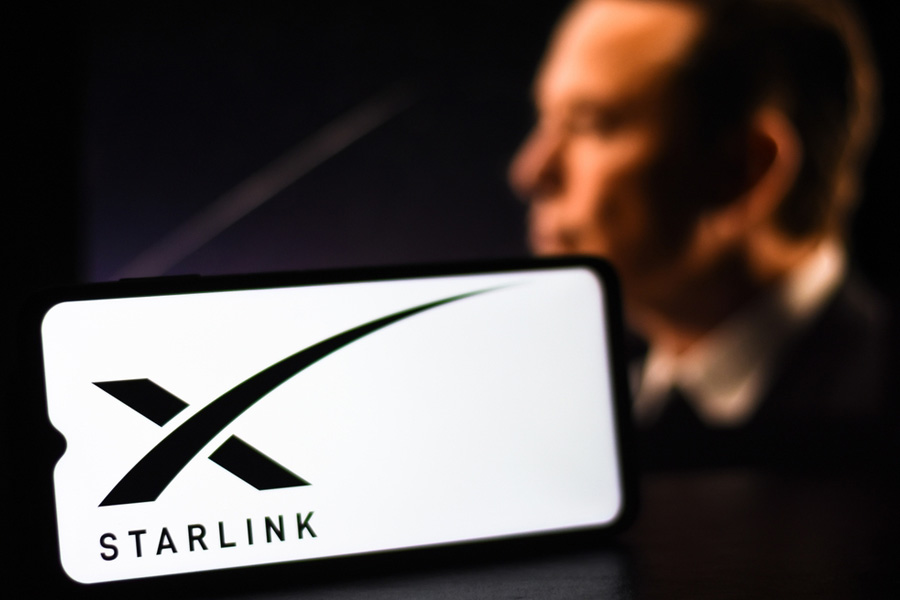 |
Take your carefully prepared two-page CV, printed on top quality paper, to a recruitment agency and you will probably get this reaction: “Great! Can you e-mail it to us?”
These days more recruiters are working electronically, shunning paper documents for e-mail attachments. James Innes, general manager of the consultancy The CV Centre, says: “Applications are increasingly made by e-mail. It’s quick and reliable.”
It is all about speed, according to Greg Weido, manager at global recruiters Robert Half International. “The CV goes instantly into our database and is ready for forwarding to potential employers,” he explains.
Incoming CVs are also scanned with sophisticated technology for keywords, says Greg. “If an employer asks us for candidates, our software automatically produces a list of potential interviewees.”
No serious job hunter would want to miss such benefits, so what is the best way to e-mail that all-important document to a recruiter? Although most agree that a Word document is adequate, CVs being sent as .pdf files are on the rise. Dan Ferrandino, the managing director of the online jobsite reed.co.uk, says: “Word documents are more easily corrupted, can carry viruses and there is the danger that someone else could accidentally delete something. That said, our online site processes thousands of Word documents and we have no problems.” The plus side of the Word format, he adds, is that everyone can access it whereas not everyone can read a .pdf. “The main appeal of the .pdf is that you can incorporate images and attractive designs, and it can’t be edited,” says Dan.
Is it time, then, to bid farewell to the paper curriculum vitae? Definitely not, says James Innes, particularly if you are applying direct to an employer. “E-mailed applications can lack the impact of printed paper,” he says. “For jobs with fixed closing dates, we would recommend paper applications.”
Of course, if you want to be at the cutting edge of self-marketing, you could set up your own website CV. The latest innovation to come from America, cyber CVs offer a way of showing off your portfolio in colour. And if you lack the skills, don’t despair, as there are agencies to design your website.
“Typically they are several pages long, in colour and offer much more detail than a standard CV,” says Geoff Russell, the regional director for Career World, a management and outplacement specialist.
Your password-protected CV is hosted on a server and you give the URL to prospective employers or agencies. “It takes minutes to set up,” explains Geoff. “You choose from templates, selecting the colours, fonts and designs you like, then add your text.”
The fee includes the set-up, hosting and as many changes as you wish to make over 12 months. A dedicated e-mail response service means that no personal details need be placed online, but potential employers can get in touch. Most experts agree that at the moment web CVs can be a fantastic add-on but are not yet a replacement for the traditional two-page version.
“By all means, have a web CV and add the URL to the bottom of your standard CV to give employers the choice,” says Greg. “But even in this hi-tech world, bosses still like to print out CVs, make notes on them or read them on the train and the two-page CV is still the standard recruiter’s tool.”










